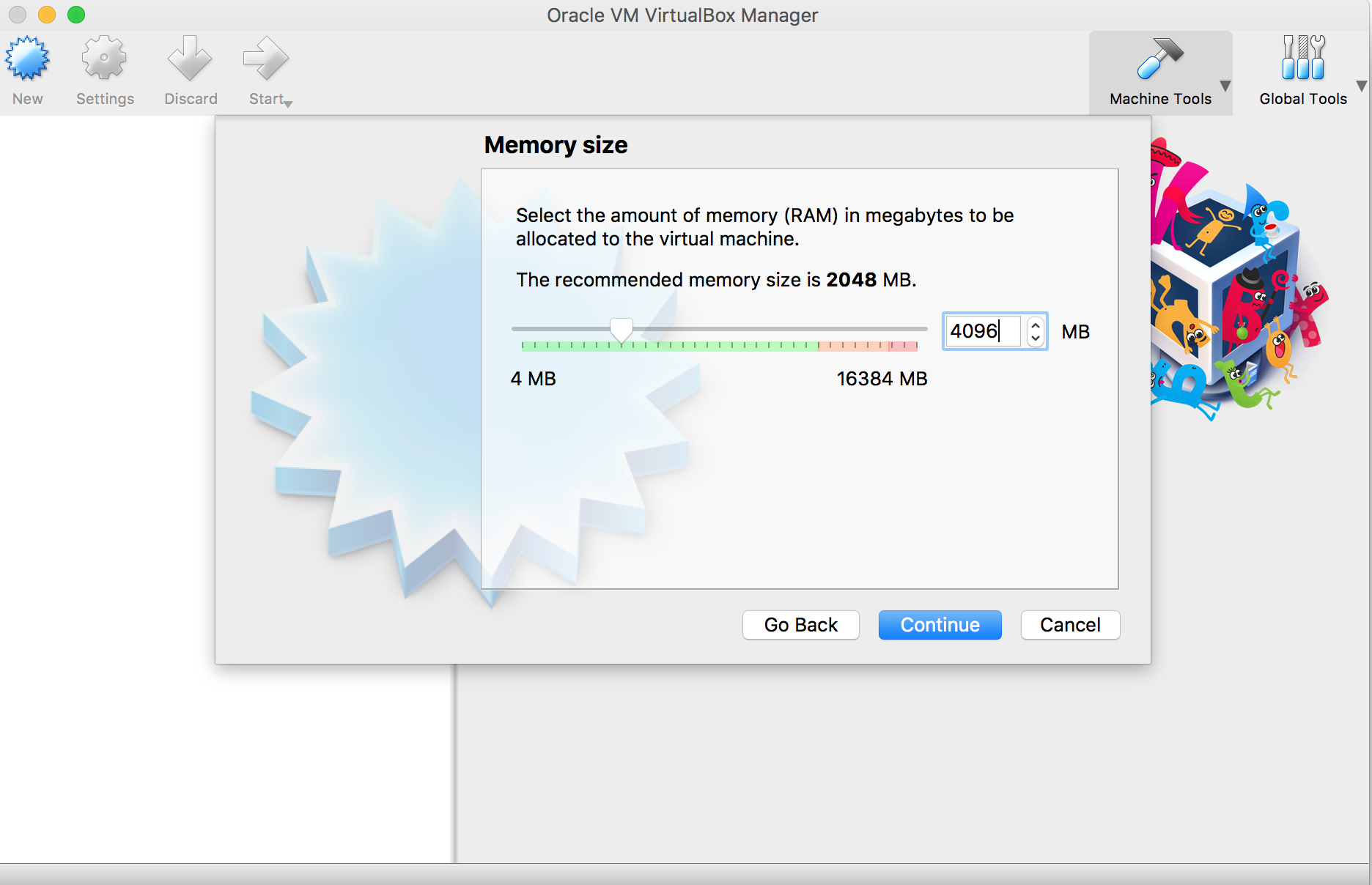

- #Vagrant for mac install#
- #Vagrant for mac portable#
- #Vagrant for mac license#
- #Vagrant for mac free#
- #Vagrant for mac windows#
Since Vagrant boxes are virtual machines, your local platform actually does not matter at all.
#Vagrant for mac windows#
I will demonstrate installing the box on a Mac, but you can use Vagrant with Windows and Linux as well as your host.
#Vagrant for mac install#
In this article, I will walk you through installing your first Vagrant box from Vagrant cloud, which is a public repository of boxes you can install for free, and installing CentOS on it. Even better, Vagrant can create your virtual machines on Virtualbox, VMware, Hyper-V, AWS and more. For instance, have you ever wanted to quickly bring up a test VM to test out a script on? Well with Vagrant you can do that with a few commands. Now, that sounds like something that developers would love and they certainly do, but IT professionals can leverage Vagrant too, especially in DevOps.

#Vagrant for mac portable#
The motivation behind using Vagrant is creating reproducible, portable virtual environments and can quickly be brought up and disposed of at will. Notify me of follow-up comments by email.Vagrant is one of those tools that you may have heard about before but just have not used yet, but once you decide to use it, it will probably end up in your tool belt. Save my name, email, and website in this browser for the next time I comment. Your email address will not be published. There’s just no reason to do that manually anymore.
#Vagrant for mac license#
Yes, there’re some problems with licensing and high resource constraints, but if you’re configuring VMs in a cloud, it already provides images with license taken care of, so configuring those hosts with Vagrant is no way different from configuring ones on Linux. It’s something very doable and surprisingly easy to follow. That’s the beauty of automation: vagrant up, wait for few minutes and boom:Īutomating Windows VMs is not a myth. Imagine how long would it take to do that manually. It can create four virtual machines with different operating systems and configure them to behave as one Consul cluster. There were nothing difficult or interesting enough to put it here, but resulting Vagrantfile can do some magical stuff. The result is on github, “winhost” branch. I already merged today’s Vagrantfile for Windows host with one created the last time. We can fix that by starting Linux cluster we created before, or by implementing step 4. # => default: 2 03:46:05 manager: No servers available We can start with configuring a standalone Consul Windows VM and when it’s done we can merge it with the rest of the cluster.Īs with Linux VMs, vagrant init mwrock/windows2016 -minimal will produce pretty standard Vagrantfile: I found mwrock/Windows2016 evaluation box to be reasonably well maintained, so I’ll use it for today. What about adding the fourth one on Windows? That should be easy. We still have a cluster of three Linux hosts with Consul agents on them. Provisioning should be done in PowerShell, hurrah! Don’t get me wrong, I used to hate PowerShell, but spending so much time with it gave me some sort of Stockholm syndrome, so now I think it’s quite OK. Another thing is that Vagrant communicates to Windows guest OS via WinRM, so again, unless box creator opened WinRM ports and configured Vagrant communicator to use them ( config.vm.communicator = "winrm") you’ll need to do it by yourself in Vagrantfile. Unless Windows box creator indicated that VM should be created with doubled size of CPU cores and memory, you’ll have to do that by yourself. But even though PowerShell works on Linux now, the piece responsible for remote connections is not quite there yet, so unless you’re using Windows host OS, this command is not for you. Surprisingly, vagrant rdp – remote desktop protocol client – is the only more or less cross platform ( Linux, Mac) way of getting into Windows guest OS. vagrant powershell on the other hand is more Windows friendly mean of remoting to guest OS. Remoting into VMĬonnecting to Windows VM via vagrant ssh is doable, but not without SSH server installed onto guest OS. You can find something in evaluation mode to experiment on, or create your own box, but at some point you’ll need to take care of Windows activation.
#Vagrant for mac free#
Things to keep in mind Licensingīecause it’s not particularly free OS, one cannot just pick random Windows box and put it into production. But there’re some things to keep in mind though. In fact, Windows support has been around for years. However, you can create and provision Windows VMs with Vagrant with little to no problem. Using Vagrant for creating Consul cluster on Linux probably was fun. But what about Windows hosts? Believe it or not, but more than half of developers are actually using Windows, so for most of the folks seeing how Vagrant creates Linux VMs is pretty useless.


 0 kommentar(er)
0 kommentar(er)
